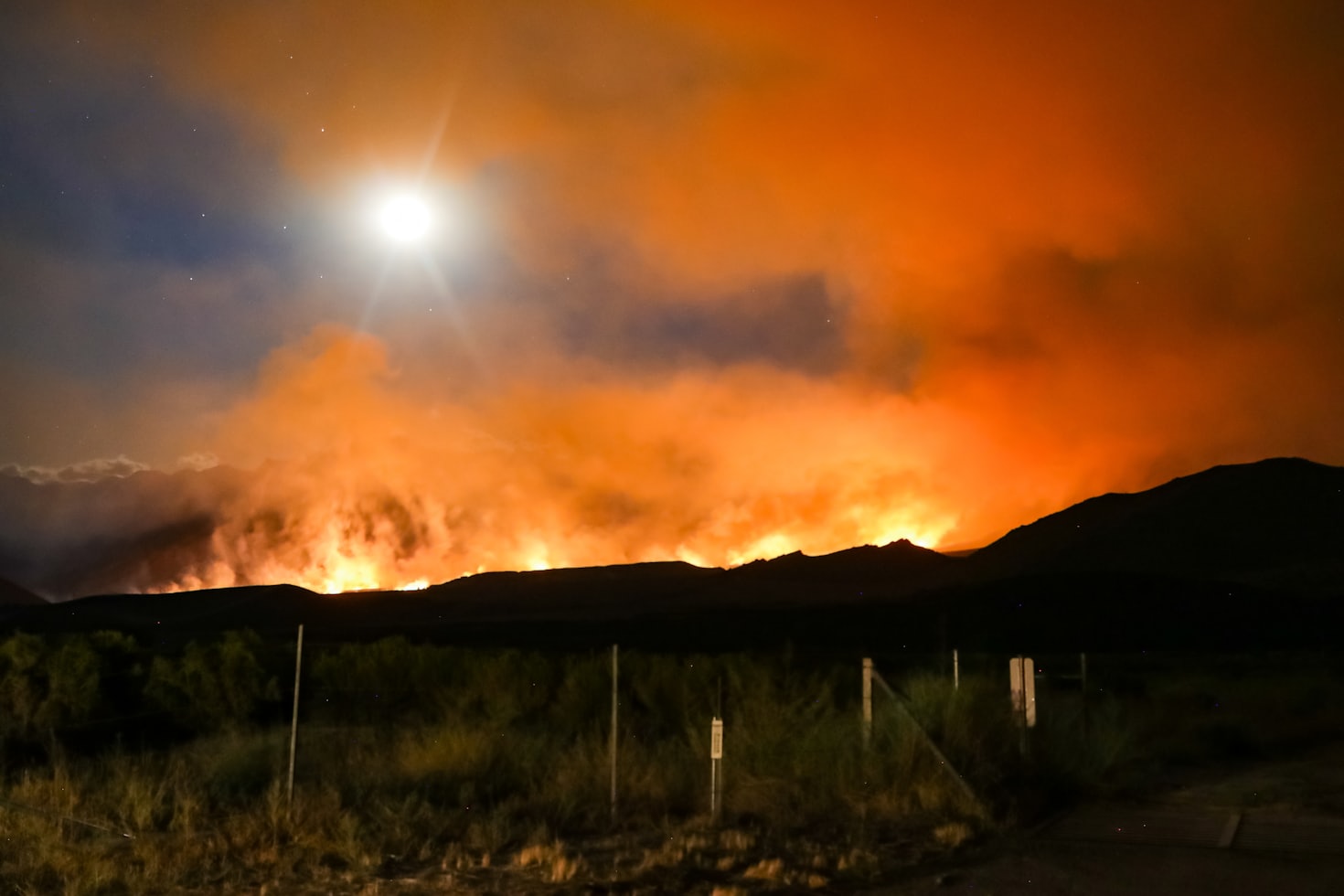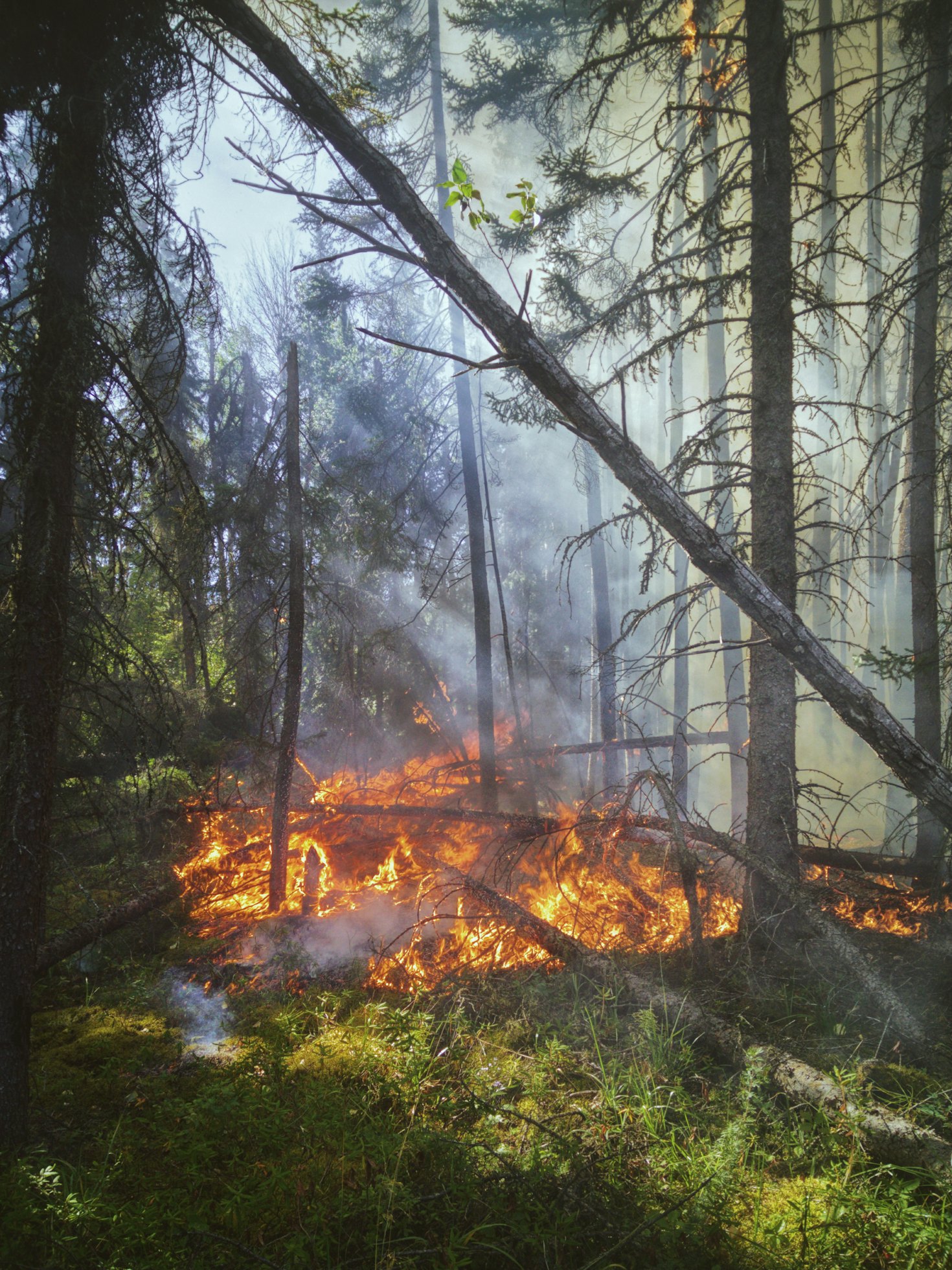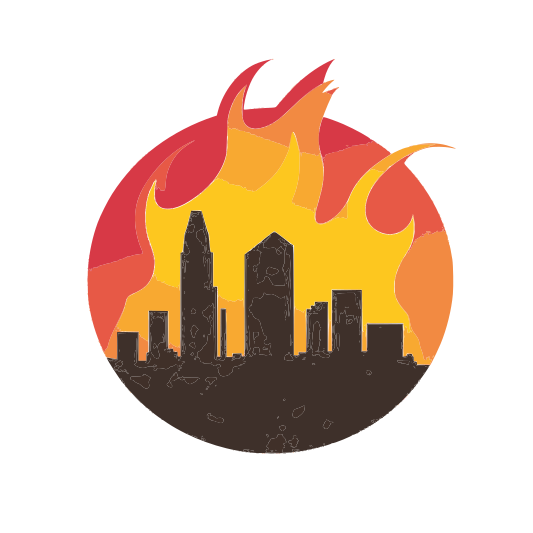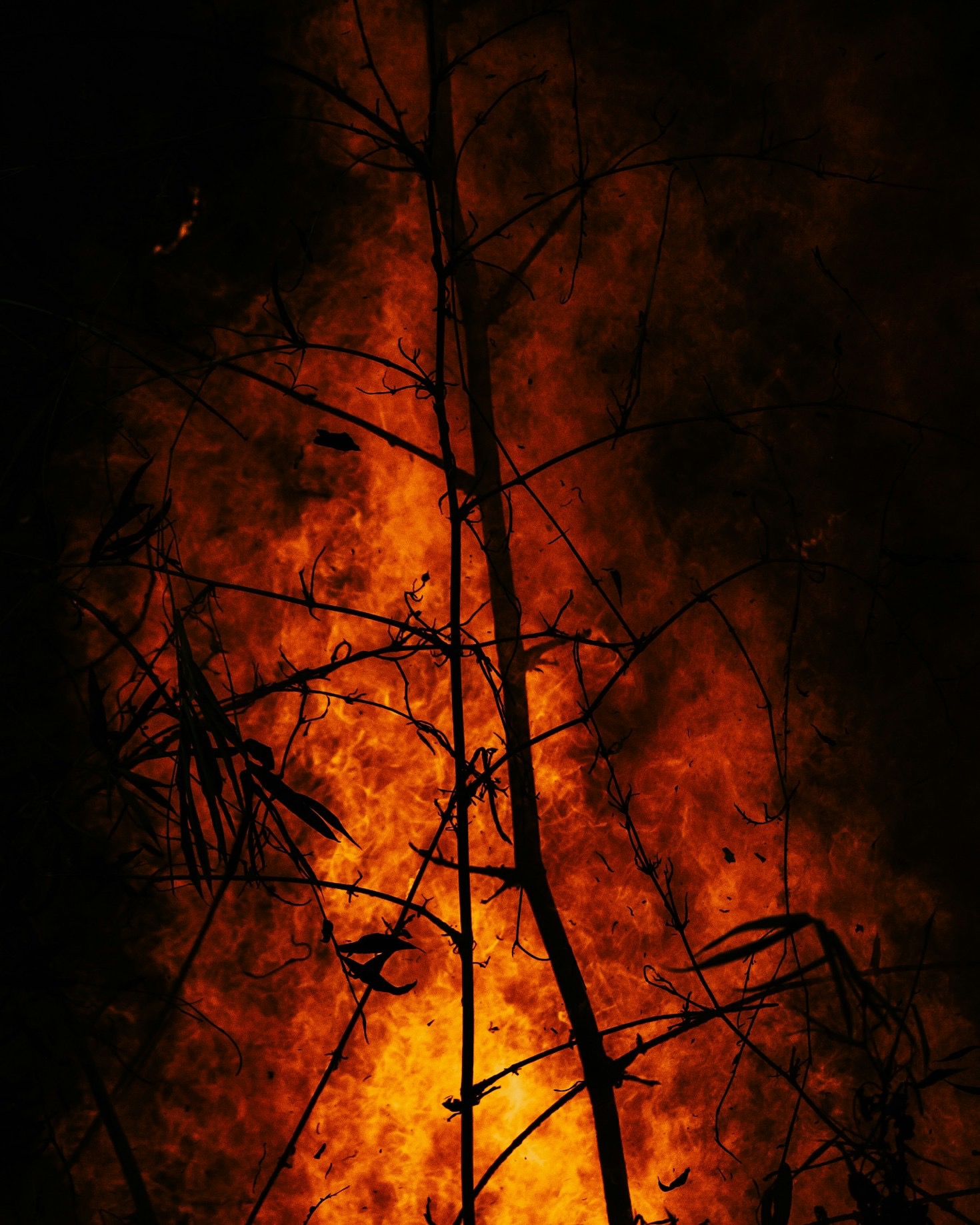San Diego faces an increasing wildfire threat due to prolonged droughts, Santa Ana winds, and expanding urban development. As the city continues to grow, Smart Growth principles offer a sustainable approach to reducing wildfire risk while supporting responsible urban planning.
Proper Infill Strategies
Smart Growth encourages compact, infill development in lower-risk areas rather than expanding into Very High Fire Hazard Severity Zones (VHFHSZ). By directing growth toward already urbanized areas with existing infrastructure, the city can reduce the number of homes and businesses exposed to wildfires while improving emergency response efficiency.
Fire-Resistant Infrastructure
Implementing fire-resistant building materials, underground utilities, and defensible space requirements can significantly lower the risk of wildfire devastation. Smart Growth policies should require fire-adapted landscaping, ember-resistant roofing, and enhanced building codes to ensure new developments are better equipped to withstand wildfires.


Evacuation and Emergency Access
Older communities built along canyon rims were laid out with scenic drives and not efficient traffic flow thus creating evacuation bottlenecks during an emergency. As it is not possible to change the street network in these areas, other strategies for egress will need to be created. This is especially true for residents who do not own cars or tourists relying on ride share transportation.
Community Engagement and Preparedness
Wildfire risk mitigation must be built into community planning efforts. This includes public education campaigns, proactive hazard mapping, and early warning systems to ensure residents are informed and prepared. Local governments must also collaborate with fire officials, emergency planners, and developers to align growth strategies with fire safety priorities.
As climate conditions continue to increase fire threats, adopting these strategies is essential for building a safer, more resilient city for future generations.

